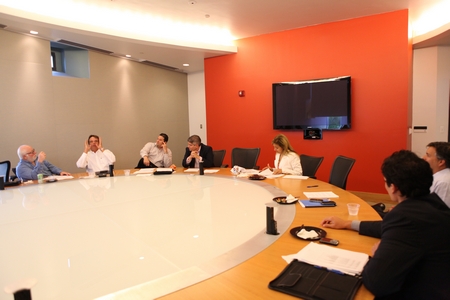With the Americas Venture Capital Conference at Florida International University’s (FIU) College of Business Administration less than three weeks away, I’ve been thinking about the fifteen innovative companies selected to present at the conference, and the genesis of some of the innovations they’ll be presenting. I am fascinated by the similarities and differences between these ventures and traditional U.S. ventures, and how that speaks to the unique nature of Latin American venture investing.
All ventures start with an innovator who sees both a need and a way to meet that need. For Bill Gates, it was the operating system needed for the new personal computer. For others, it may be a new style of construction technology, an Internet application or a way to make a process smoother.

The next step is assessing the demand for that need: Can this idea find a market? Will potential purchasers find the innovation useful, cost-effective, worthy of support? The process is the same for both the United States and Latin America, but the specifics of what constitutes a worthwhile venture are very different.
Latin American entrepreneurs meet a different set of challenges.
In the emerging nations of Latin America, water quality is a major issue, and entrepreneurs are working on sustainable, cost-effective systems to improve it. In areas where telephone service is spotty, new technologies that improve signal strength are as vital as Twitter may be to our domestic audience. Package delivery to certain parts of the continent may not be readily available, and without access to credit cards and telecommunications, a viable system of commerce is still in the works. Many of the technological processes that employ land lines in the United States will be done via mobile in Latin America, creating the need for technologies that are vital there, but irrelevant here. Savvy investors need to be on the lookout for those technologies as potential investment vehicles.
At the same time, we’re seeing an appetite for cultural communication that flows from Latin America to the Hispanic population in the United States: Nostalgia, entertainment, programming and consumer products that may find strong markets in South Florida. Pollo Tropical, a Latin version of the fast-food counter-service chain restaurant, became a popular alternative for grabbing a bite in Miami. Other innovations being developed in Latin America that may catch on here: ways to learn a foreign language, culturally relevant items for the juvenile market, shows that capitalize on the cultural identification of the Latin audience in the United States.
What’s paramount is that we assess these ventures, at our conference and elsewhere, with open, inquiring minds, ready to learn about innovations beyond our own borders.




